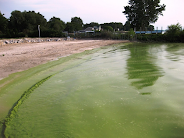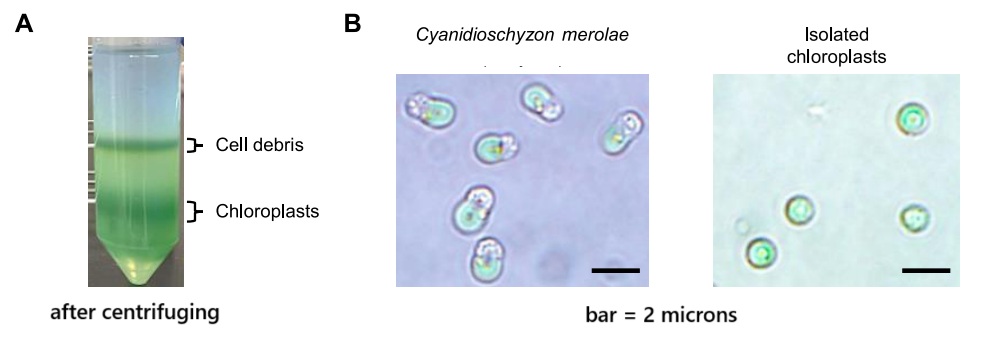This scientist developed a soap that could help fight skin cancer. He's 14.
A teenage boy from Fairfax, Virginia, USA, has a goal to make a soap product to fight skin cancer and be affordable. Hemen Bekele won the 2024 3M Young Scientist's Challenge in succeeding to do just that. The monetary prize of $25,000 is only the beginning.
From the age of 7, Heman played around at home mixing chemicals at random, and then jump-started his learning with a chemistry set. After emigrating to the US at age 4, he recalled seeing laborers working in the sun in his home of Addis Ababa, Ethiopia, usually with no protection for their skin. His move to the U.S. sparked his thoughts about putting chemistry to use:
“When I was younger, I didn’t think much of it, but when I came to America, I realized what a big problem the sun and ultraviolet radiation is when you’re exposed to it for a long time,” Heman says. (TIME).
He read about the drug imiquimod, which is used in cream form to fight skin cancer, but he was concerned about its high cost: $40,000-$56,000 (not taking into account insurance). Because places like Ethiopia depend on agriculture for their survival, Heman thought he could help by developing something cheaper and more easily available. His idea was to create a bar of soap to deliver the drug.
As long ago as 2800 BCE, Babylonians knew how to make soap, by boiling goat fat with ashes. But it was used mostly for cleaning textiles. Egyptians around 1550 BCE used their variation with animal and vegetable oils used it for personal hygiene and medicinal purposes (such as treating dermatitis, infected wounds, scalp conditions and lice. From the first century, Romans spread knowledge of soap-making across Europe, North Africa, and parts of the Middle East, but mostly used oils and scrapers. After the Roman Empire fell (476 CE), Islamic cultures--centers for science and medicine--emphasized personal hygiene due to religious practices (e.g., ritual washing). They turned soap into a daily-use item, especially for personal hygiene. From the 12th to 15th century, southern Europe created trade unions to manufacture soap, but it took until the 16th century to make it cheaply enough for common use homes.
Regular bathing—especially for personal cleanliness—was uncommon in both Europe and America in the mid- to late-1800s. People just changed clothes or wiped their bodies. But links to disease promoted the use of soaps, as as moral, healthy, and civilized efforts.
Soap works as follows: soap molecules have a water-attracting (hydrophilic) and and a water-repelling (hydrophobic) end, and together, they bind dirt in chemical clumps and dissolve in water to wash away most things.
Strictly speaking, the high pH of traditional soap (9-10) is not good for skin, which has a pH around 4, and it tends to dry out skin by removing oils that otherwise keep moisture in.
The chemistry of soap wasn't known well until 1823, when Michel Eugène Chevreul showed how the Sumerian concept of soap making worked. The fat reacts with an alkali (like lye), breaking it into soap (salts of fatty acids like stearic, oleic, and palmitic acids) and glycerin. Mass production of soaps was now possible through the late 1800s, but as mentioned above, personal use was still rare. Products like Sunlight Soap (UK, 1885) and Ivory (US, 1879) then became household staples. From the 1880s on, soap was now available to the middle class.
So, a commonly used item like bar soap seems like a useful method to apply drugs to the skin, where melanomas (skin cancer) develop. Heman worked with Deborah Isabelle, a product engineering specialist at 3M, to do some computer modeling and experiments to see how chemicals added to his soap would go through the skin instead of being washed off.
Heman's award-winning soap included organic shea butter, coconut oil and moisturizing cream 3M Cavilon. He thinks it works by reactivating a type of immune system cell called a dendritic cell, part of skin tissue, which then sends a message to the whole immune system to fight the invading cancer cells. During cancer, the dendritic cell is usually inactive, which allows the cancer to take over. If Heman's soap makes them active, the body stands a better chance to fight it.
To go beyond a bar of soap and showing a computer model of getting drugs into the body, he needed a way to test actually doing it. At a networking event hosted by the Melanoma Research Alliance, he met Professor Vito Rebecca of Johns Hopkins University and was invited to work in his lab.
Here is a short video interview from his local TV station:


















